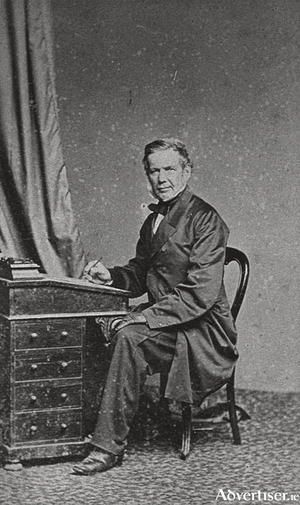Search Results for 'Famine'
41 results found.
The Dark Shadows of The Famine

THE IRISH Famine, the greatest humanitarian disaster in Europe in the 19th century, leaving one million people dead, with another million fleeing the country, is examined in a new exhibition.
Australia offered some relief for Famine orphan girls
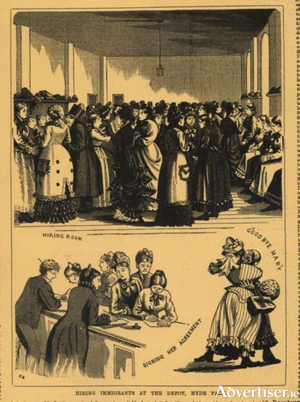
The extreme winter conditions of 1846/47 exacerbated the mounting crisis that the Great Famine had already created. The number of deaths from hunger in Galway town averaged between 25 and 30 a week. As well as the main workhouse on Newcastle Road (now the University College Hospital) auxiliary workhouses had opened at Barna, Newtownsmyth, Merchants Road, St Helen Street, and in Dangan. Six soup kitchens operated throughout the town feeding some 7,000 people a day and more as newcomers streamed in from rural districts. On one bitterly cold morning two children were found frozen to death on High Street. Another child dead nearby.
1879 - a forgotten year of famine and fury
It may not be scorched on the Irish psyche as the Great Famine of 1845-52 is, but the famine of 1879, which affected the west more than any other region, brought suffering and led to an increase in agrarian offences committed by furious and despairing tenants. In 1879 the Great Famine was still a painful memory for a large number of people. Most had witnessed first-hand family and friends die a slow, torturous, death by starvation, and had parted indefinitely with family members who had emigrated in an attempt to escape the living hell of famine. The population of Mayo fell by almost 30 per cent during the Great Famine due to death and emigration, and by 1879 the county was still recovering.
The Famine - Gaeilge's Armageddon?
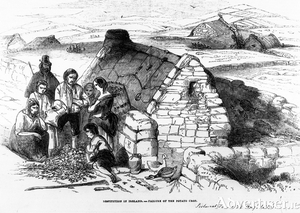
THERE IS a popular perception that “The Great Hunger” of 1845 to 1849 was a one-off affair, a unique event, and that there are two totally different Irelands - the one before and the one after The Famine.
‘Something better could be found’
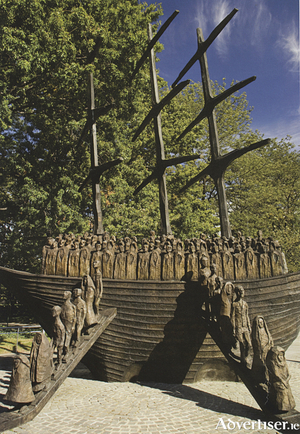
The Great Famine of 1845-51 was, the Galway historian Gearóid Ó Tuathaigh tells us*, ‘a subsistence crisis, and a social calamity without parallel in the 19th century. It resulted in more than 1,000,000 dying of starvation and related diseases; and it ‘precipitated a virtual tidal wave of emigration that would see 4,000,000 flee the country during the following 20 years’.
‘The keystone of fortune is the power of speaking English’

Whatever about the discrimination against the Irish emigrants in both Britain and America as they fled the ravages of the Great Famine in the mid 19th century, the effect of gaining a foothold in the two major English speaking countries of the world, pretty much sounded the death knell for the Irish language.
A time when the Irish were not welcome
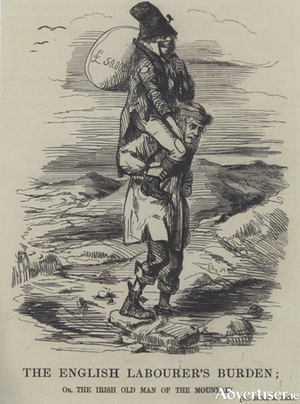
Between the years 1845 and 1855 more than 2.1 million people emigrated from Ireland. They streamed into Liverpool, Manchester, Boston and New York. Many were diseased, hungry, dirty, broken spirited, with barely any personal belongings. Some embarked actually naked.
The Great Famine - A watershed in Irish history
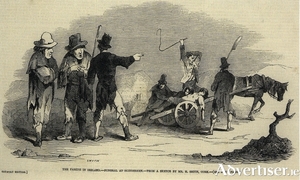
During the seven years of the Great Famine approximately one million people died. A million more emigrated causing Ireland’s population to fall by between 20 and 25 per cent. The initial cause of famine was a potato disease which ravaged potato crops throughout Europe during the 1840s.
A ‘selfish, perverse and turbulent’ people
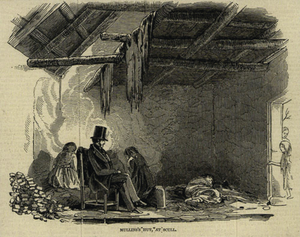
As the Great Famine strengthened its fearsome grip on Ireland in the late 1840s and early 1850s, the people were doubly unfortunate that Charles Trevelyan, the Assistant Secretary to the British Treasury, had responsibility for Irish Famine relief.
